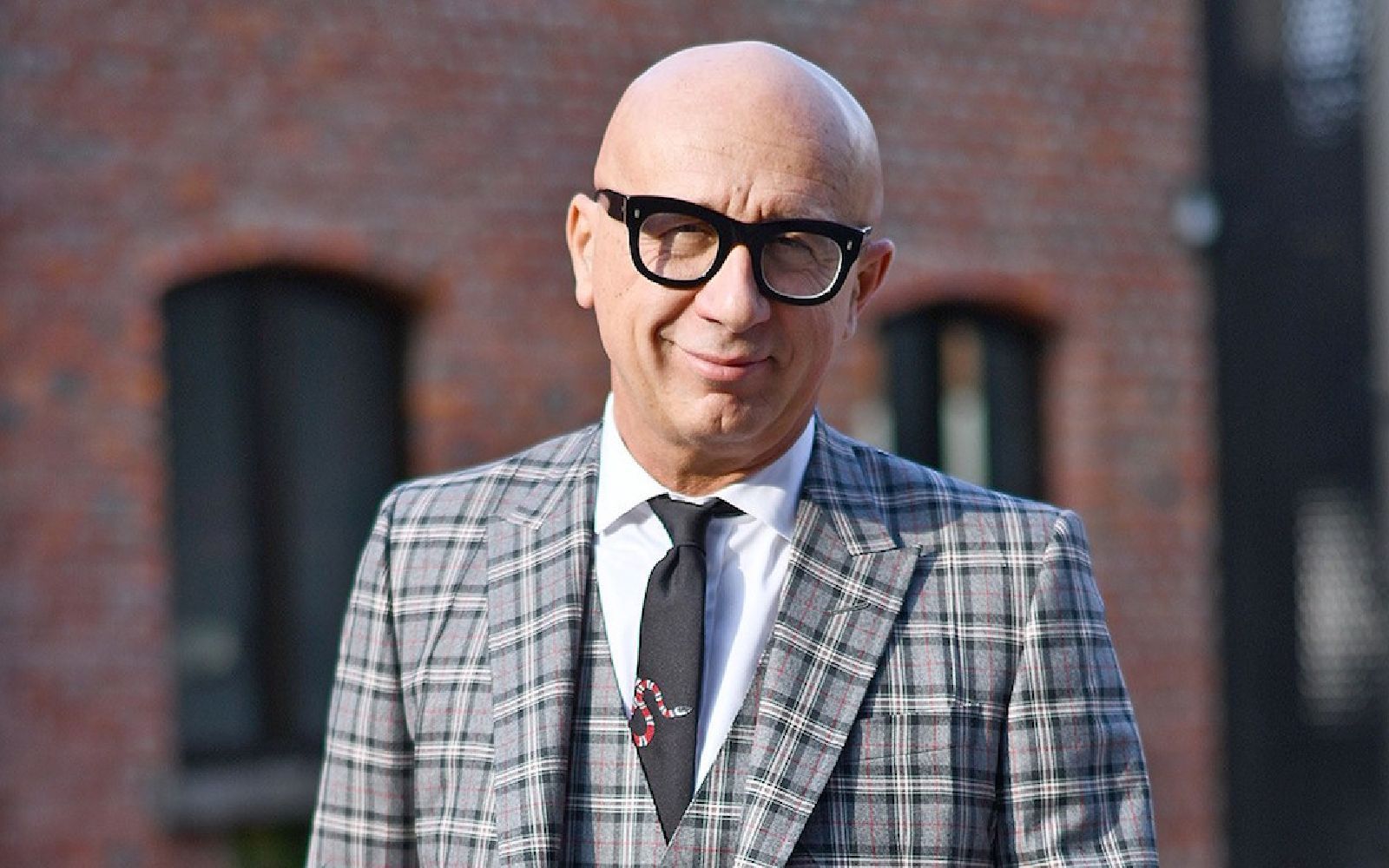
How the role of fashion CEO is changing A new professional figure in charge of lifting brands out of an economic crisis
How much influence does a CEO have on a fashion collection? We pondered on this question not long ago, following Daniel Lee's appointment at Burberry, a decision made by the brand's CEO Jonathan Akeroyd. This week, Nextail's annual report shows just how much fashion companies are actually depending on CEOs, having replaced more than 70 in the last 12 months alone, and resting all their hopes for a more reassuring future on them. A new CEO model is advancing, an "ambidextrous" figure able to cope with market uncertainties thanks to a more focussed professional background. Among the new arrivals, a strong knowledge of the digital and analytical world stands out (+33.6% compared to 2022), as does a growing female presence (+31.4%).
New appointments, such as that of Colin Browne from Under Armour, Horatio Barbeito from Old Navy, Laetitia Mergui from Lemaire, and Arne Freundt from Puma demonstrate a predilection by large fashion retailers for CEOs with management experience in supply chain and retail operations. As Nextail points out, an improved preparation from new leaders will provide more security for companies, thus increasing the prerequisites for achieving omnichannel goals. In addition, making incoming CEOs more appealing to fashion companies is a more progressive and explorative tendency, needed to face future challenges presented by an unstable economy and the "digital transformation" that is pervading the fashion system. To overcome an unstable economy, fashion industry leaders need CEOs to cut costs strategically, and counter the current crisis in production chains. According to BoF, more than 80% of the CEOs surveyed claim the inflation affecting the fashion industry will be a major obstacle for the market in the months to come, and it is possible that the situation will get worse. Despite the impending recession, luxury giants (Versace, Alexander McQueen, Prada, Christian Dior, and Viktor & Rolf among those who have replaced their CEOs) have high expectations for 2023. A recent McKinsey study predicts 5% to 10% sales growth for luxury fashion globally, while showing less positive prospects for the rest of the industry (-2% to +3%).
Among the most significant turnovers are certainly those triggered by acute family succession planning, such as Prada, which announced the appointment of Andrea Guerra as CEO and the subsequent resignation as co-CEOs of Miuccia Prada and her husband Patrizio Bertelli, in anticipation of their son Lorenzo Bertelli taking over, and LVMH, whose owner Bernard Arnault brought in his children Delphine and Antoine Arnault to head Dior management. Currently, all of Arnault's children hold presidential positions at LVMH brands.
The mass choice by fashion companies to elect new CEOs and the characteristics that the new leaders share demonstrate the great need for a modern professional figure, capable of wisely tackling the problems that grip the fashion industry, such as the supply chain emergency and the economic crisis. The new CEO must combine operational and analytical skills, but at the same time take calculated risks. Citing "digital transformation" as the main reason for CEO turnover, companies are looking for versatile professionals with analytical expertise and the right intuition to face tough challenges.









































